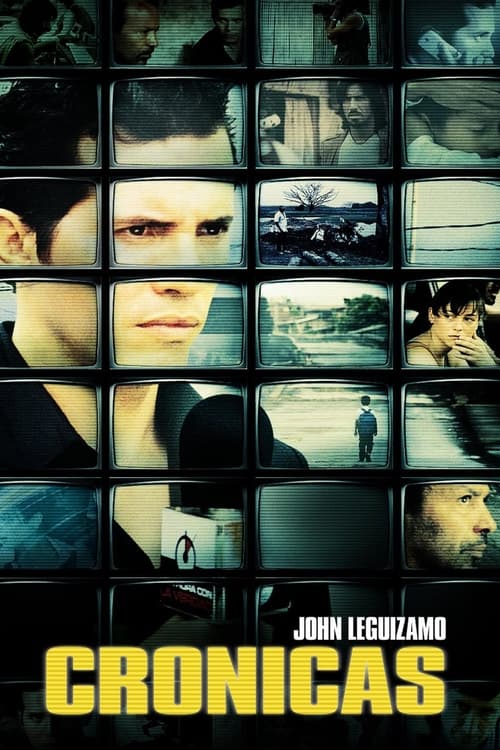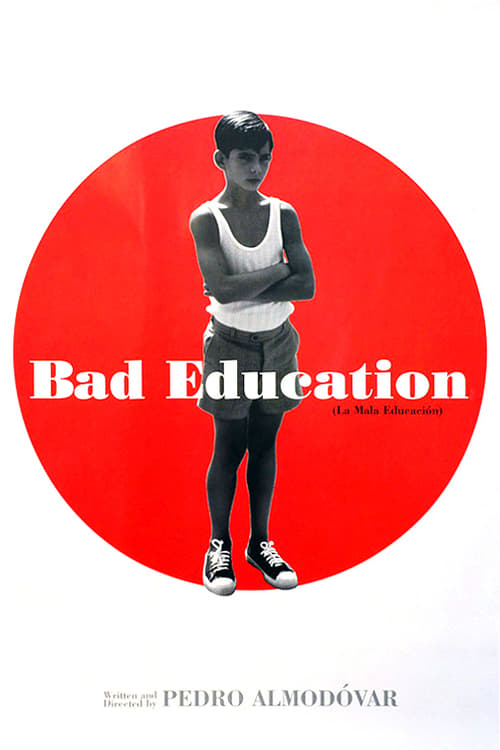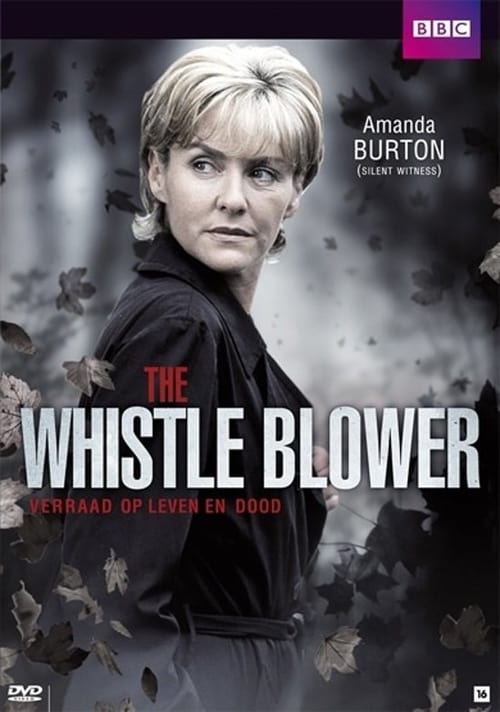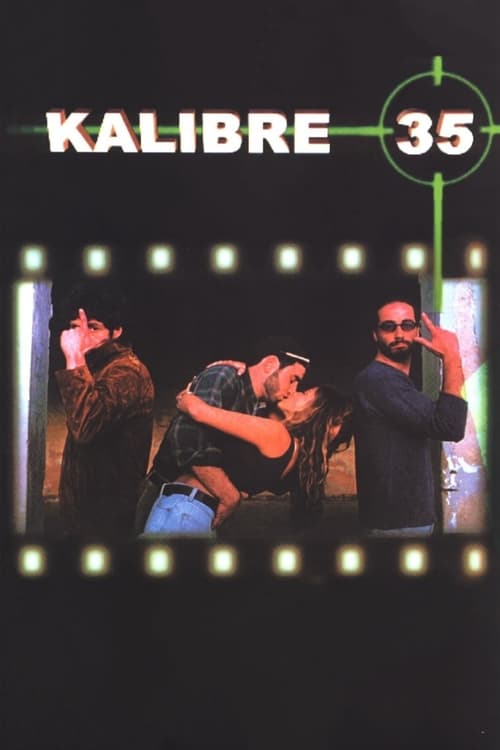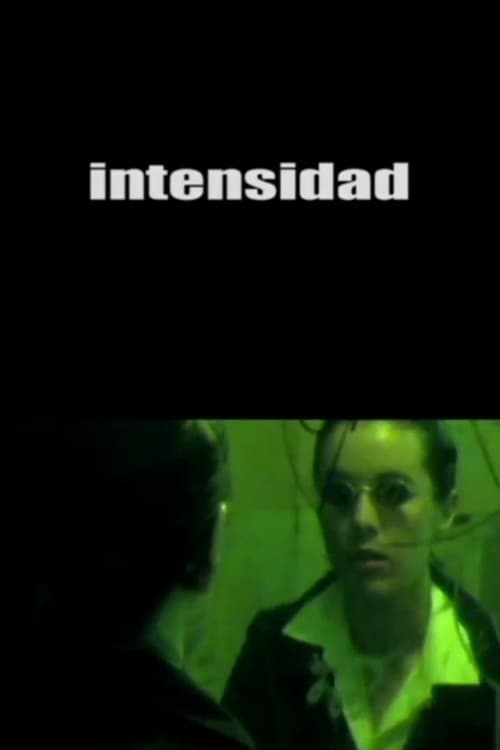
Ask Your Own Question
What is the plot?
What is the ending?
In the ending of "Crónicas," the journalist, Manolo, confronts the truth about the serial killer he has been investigating. He discovers that the killer is not who he initially thought, leading to a shocking revelation. The film concludes with a sense of unresolved tension, as the impact of the events weighs heavily on Manolo and the community.
As the film approaches its climax, we find Manolo, the journalist, deeply entrenched in his investigation of a series of brutal murders in a small Ecuadorian town. The atmosphere is thick with tension, and the weight of the unsolved crimes hangs over the community. Manolo, portrayed with a mix of determination and desperation, is driven by the need to uncover the truth, not just for his career but for the families of the victims who seek closure.
In the penultimate scenes, Manolo receives a tip that leads him to a suspect, a local man named "El Chacal." The community is rife with fear and suspicion, and the police are eager to close the case. Manolo, however, is not convinced that El Chacal is the true killer. He feels a growing sense of responsibility to ensure that justice is served correctly, not just expediently.
As he delves deeper, Manolo uncovers evidence that suggests the real killer may be someone else entirely, someone who has been hiding in plain sight. This revelation comes to a head when he confronts the police and the community with his findings. The tension escalates as he realizes that the truth may not only endanger his life but also the lives of those around him.
In the final moments, Manolo's investigation leads him to a shocking confrontation with the actual killer. The scene is fraught with emotion as Manolo grapples with the implications of his discoveries. The killer's motivations are revealed, and the complexity of the situation becomes apparent. Manolo's internal struggle is palpable; he is torn between his journalistic duty and the moral implications of exposing the truth.
The film concludes with a haunting sense of ambiguity. Manolo, now burdened with the knowledge of the true killer, faces the reality that justice may never be fully served. The community remains in turmoil, and the unresolved nature of the case leaves a lingering impact on everyone involved. Manolo's fate is left uncertain, as he walks away from the scene, grappling with the weight of his revelations and the consequences they may bring.
In the end, the fates of the main characters are intertwined with the unresolved nature of the story. Manolo is left to carry the emotional burden of his findings, while the community continues to live in fear, haunted by the specter of the unsolved murders. The film closes on a note of reflection, emphasizing the complexities of truth, justice, and the human condition.
Is there a post-credit scene?
The movie "Crónicas," produced in 2004, does not have a post-credit scene. The film concludes its narrative without any additional scenes or content after the credits roll. The story wraps up with the resolution of the main plot, focusing on the investigation of a series of murders in a small town and the moral dilemmas faced by the characters involved. The absence of a post-credit scene allows the audience to reflect on the themes of justice, media sensationalism, and the impact of violence on society as the credits play.
What motivates the character of Manolo to investigate the murders in the town?
Manolo, a journalist, is driven by a deep sense of responsibility and a desire for truth. He is initially drawn to the story due to the sensational nature of the murders, but as he delves deeper, his motivations shift towards uncovering the reality behind the gruesome events and giving a voice to the victims and their families.
How does the character of the police officer, Colonel Pacheco, influence the investigation?
Colonel Pacheco plays a crucial role in the investigation, often acting as a gatekeeper to the information Manolo seeks. His motivations are complex; he is protective of the local community and wants to maintain order, but he also has his own interests in the case, which leads to tension between him and Manolo.
What role does the character of the serial killer play in the narrative?
The serial killer serves as the central figure around which the plot revolves. His actions not only instigate the investigation but also reflect the darker aspects of human nature and societal issues. As Manolo uncovers more about the killer, the narrative explores the psychological and emotional impact of the murders on the community.
How does the relationship between Manolo and his cameraman, Ivan, evolve throughout the film?
Initially, Manolo and Ivan share a professional relationship, with Ivan supporting Manolo's journalistic endeavors. However, as the investigation intensifies and the dangers become more apparent, their relationship is tested. Ivan's growing concern for Manolo's safety and the ethical dilemmas they face create tension, leading to moments of conflict and ultimately a deeper bond.
What is the significance of the town's setting in relation to the plot?
The town itself is almost a character in the film, with its desolate landscapes and oppressive atmosphere reflecting the despair and fear that permeate the community. The setting amplifies the emotional stakes of the story, as it becomes a backdrop for the investigation and the impact of the murders on the townspeople, highlighting themes of isolation and the struggle for justice.
Is this family friendly?
"Crónicas," produced in 2004, is not considered family-friendly due to its mature themes and content. The film deals with serious subjects such as crime, violence, and the impact of media sensationalism.
Potentially objectionable or upsetting aspects include:
- Graphic Violence: The film contains scenes depicting crime scenes and the aftermath of violent acts, which may be disturbing.
- Murder and Death: The central plot revolves around a series of murders, and the exploration of these events can be unsettling.
- Dark Themes: The narrative delves into themes of exploitation, moral ambiguity, and the darker sides of human nature, which may be challenging for younger viewers.
- Emotional Distress: Characters experience significant emotional turmoil, including grief and despair, which could be upsetting for sensitive viewers.
Overall, the film's tone and subject matter are more suited for mature audiences.

